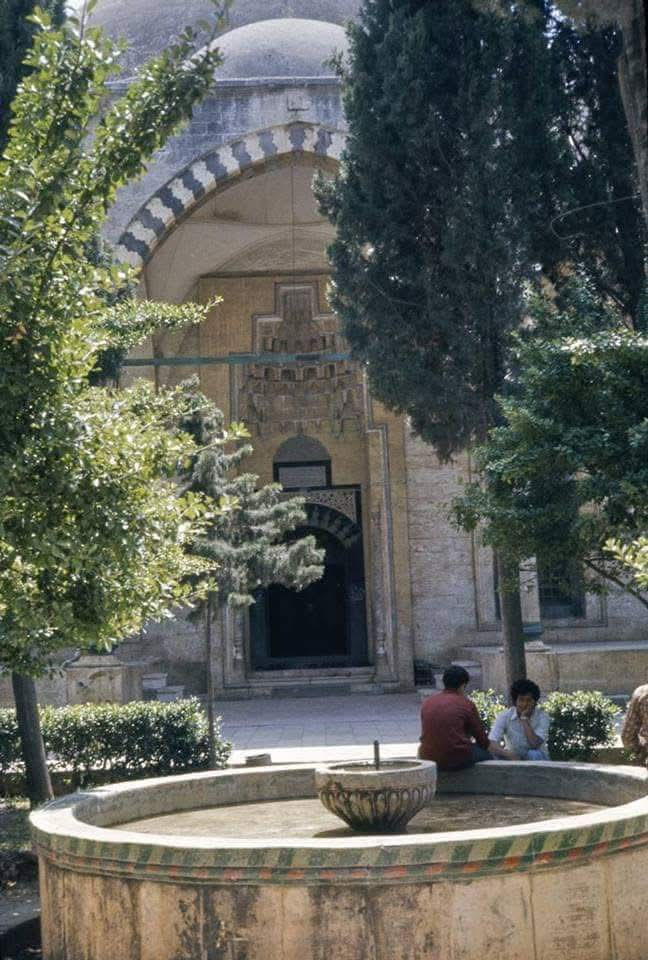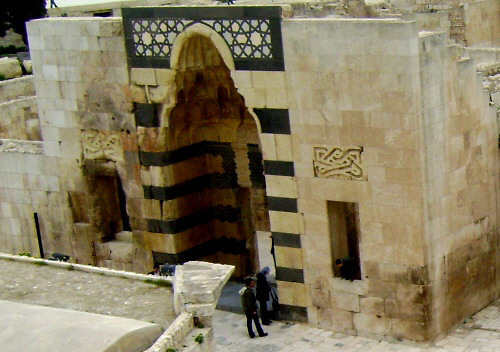This complex was established in 1235 AD (633 AH) by order of Dhayfa Khatun, daughter of King Al-Adil Sayf al-Din Abu Bakr and wife of King Al-Zahir Ghazi ibn Salah al-din al-Ayyubi. Dhayfa Khatun was one of the most prominent women in Islamic history, serving as the regent of Aleppo between 1236 and 1242 AD, playing a significant role in supporting education and religion. She founded this complex as a religious, educational and social center, incorporating a mosque, a madrasa, a tomb and a ribat for sufis. To ensure its sustainability, she endowed it with generous Waqf properties, including the village of Kafr Zita and a third of a water -powered mill. The architectural design was remarkable, with a wooden ceiling crafted from red pine planks, harmonizing beautifully with a marble mihrab inlaid with mother-of-pearl and alabaster. The attached madrasa accommodated twenty-five children and focused on teaching the foundational Arabic grammar text, Al-Ajrumiyyah. During the restoration efforts in 2006, the ceiling was reinforced with hidden steel clamps to preserve its structural integrity.








